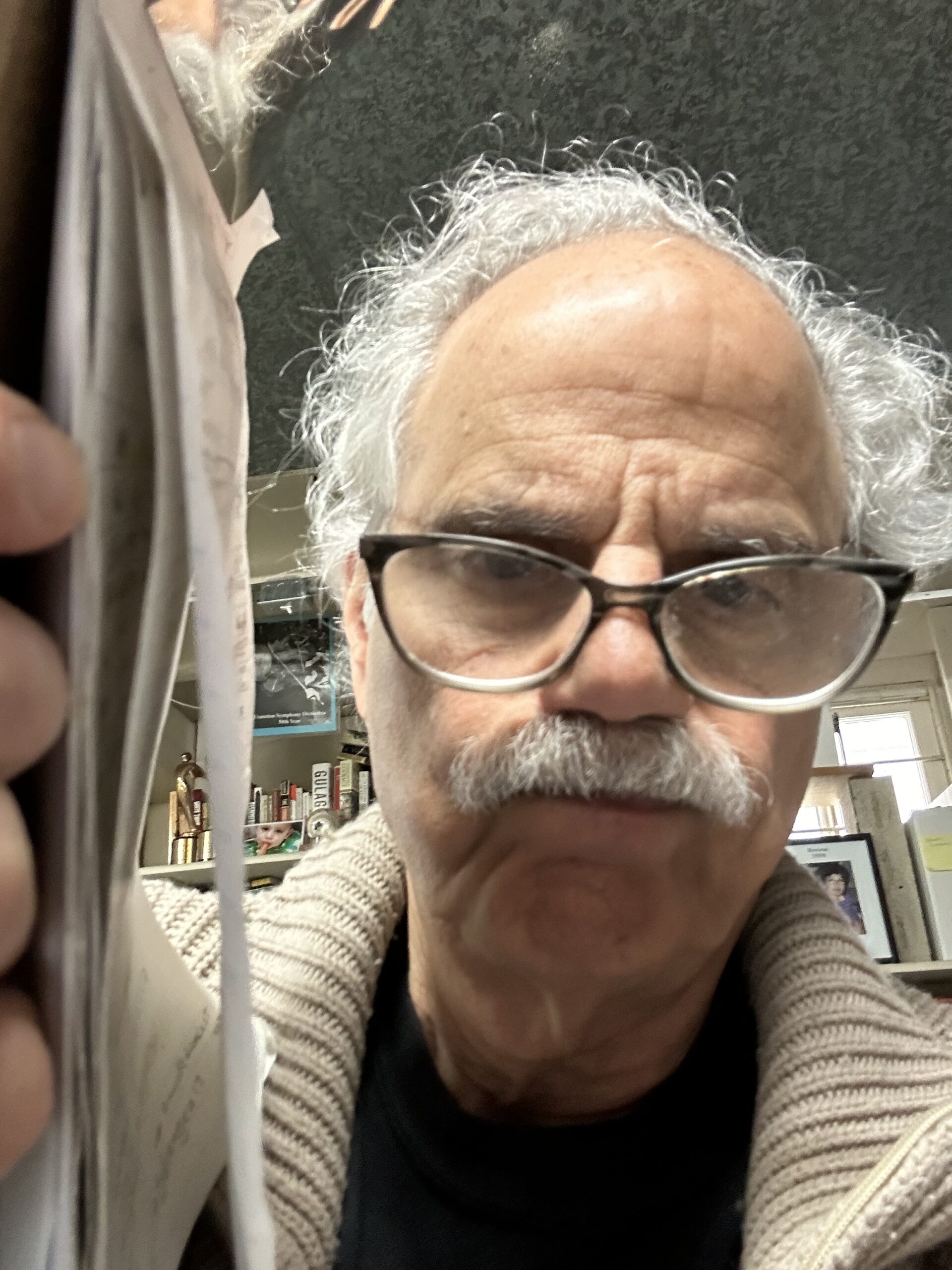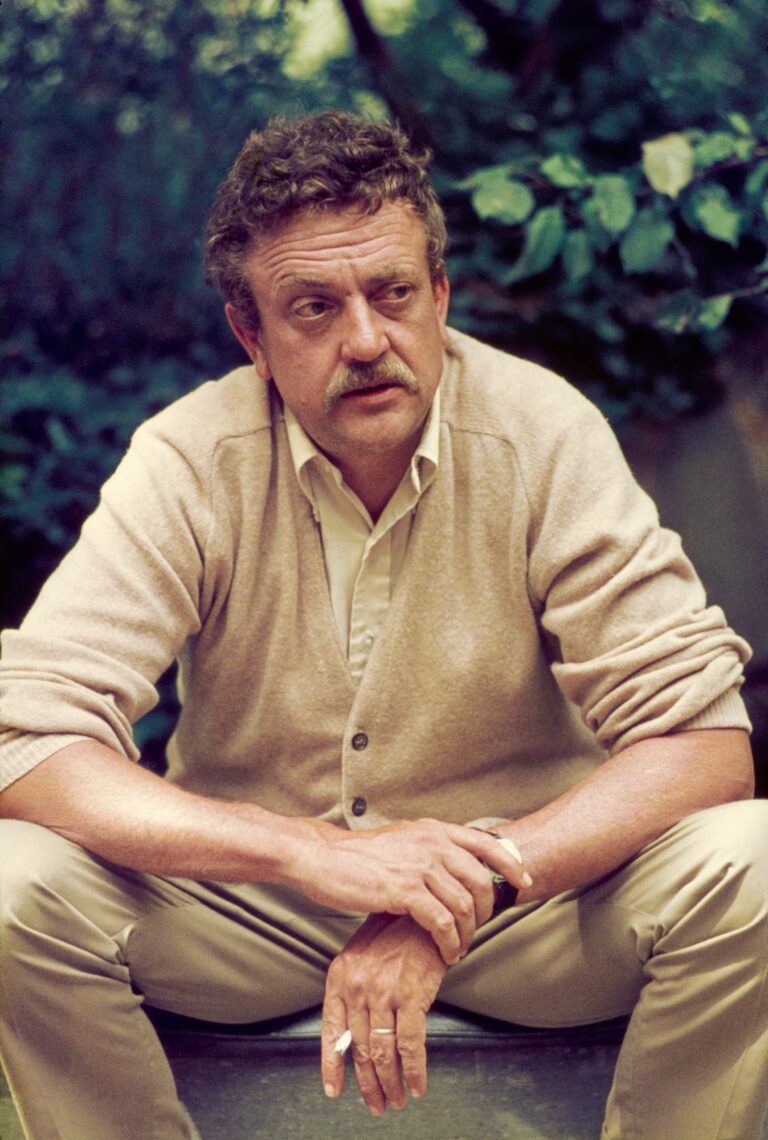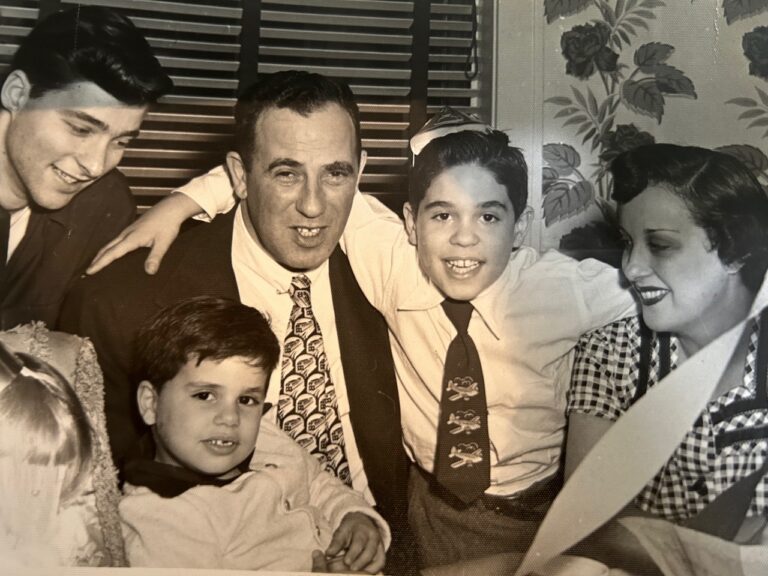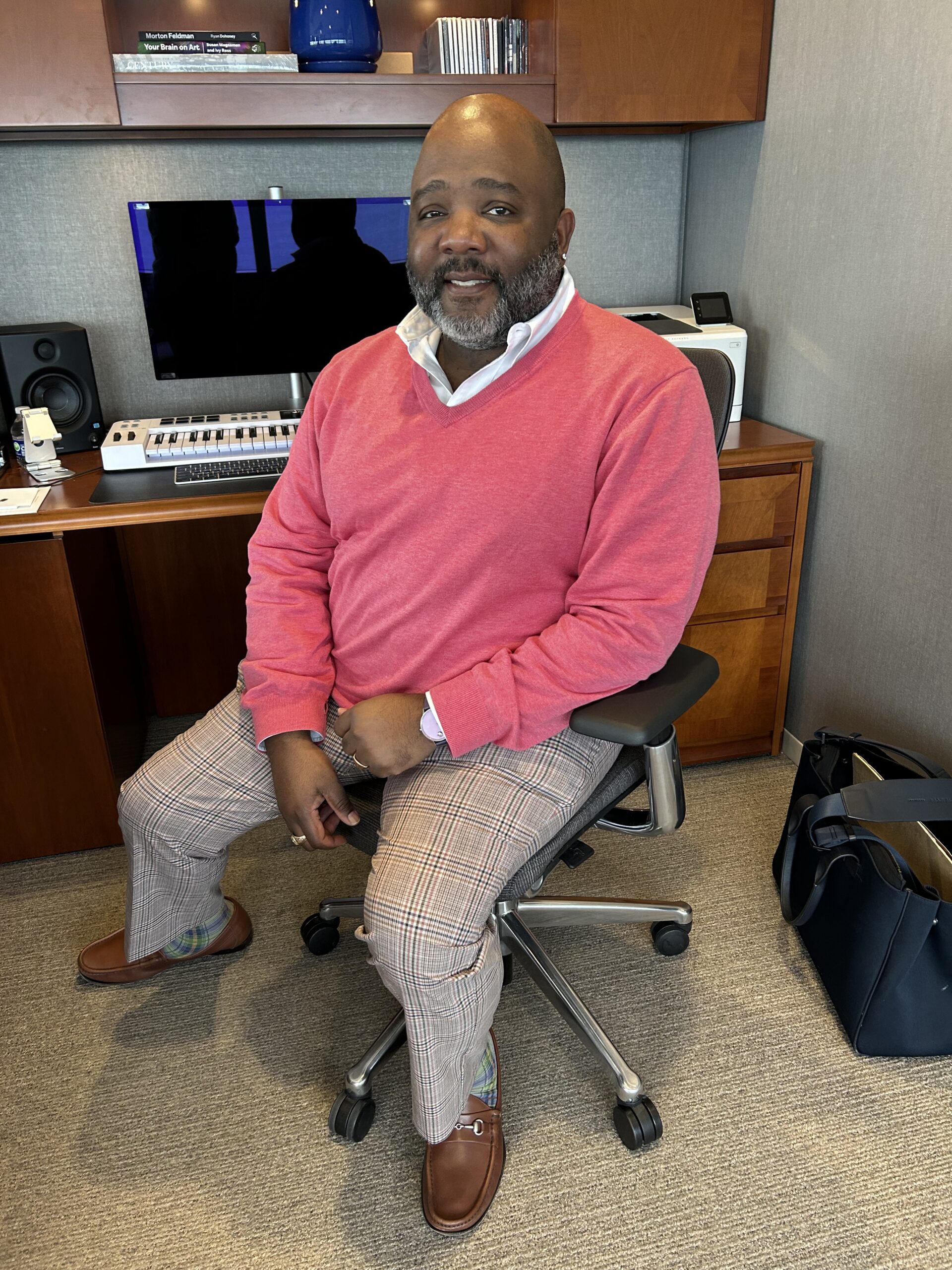Evanston RoundTable, March 23, 2017
“Hi, come in, nice to finally meet you,” Karen said at the door. “Let me take your coat.”
I was excited about my new viola lessons. Karen had taught in New York before moving to Chicago with her cellist husband, who was taking a position in a local orchestra. She had studied with some of the world’s great violists, had recorded with many famed musicians, and performed in recitals around the world.
“Do you mind taking off your shoes?” Karen asked as I slipped off my jacket. “New carpet.”
She must have seen me frown. I haven’t liked padding around in my socks since I was a kid. “Don’t worry,” she said. “Think of it as walking in sand. It will feel nice.” And she turned and walked down the hall to her studio. I followed, slightly disgruntled. OK, get a grip on, I thought. Focus on what’s important: the lesson, not the leggings.
After the usual preliminaries – rosining the bow, tuning the instrument – I pulled out the music we were to start on, a viola sonata by the Russian composer Dmitri Shostakovich. It was the last piece he ever wrote. It is both a poignant summing up of his life and a mighty statement of the beauty that lies behind the darkness. A profound work.
The sonata opens with plucked notes, like a harp. “You might want to use the bottom of your finger pads, not the tips,” Karen said. “More flesh means a more resonant tone. And hook your thumb on the edge of the fingerboard. It helps to anchor it there.”
I had studied the piece before, and this was not how I had played it. But I tried. It did not sound good. “Even lower on the finger,” she said. “The fleshier, the better.”
I played a few minutes that way, struggling to master the technique she was recommending. But it still didn’t sound right.
“It’s coming along,” she said. “Anything new takes time.”
I smiled hopefully and suggested we move to another section, an extremely demanding passage where the violist takes huge chords in rapid succession, each requiring different fingerings and hand positions.
We tried it but each time my fingers curled into a tangle of missed notes. It sounded awful. Karen suggested we deconstruct the chords, placing the fingers down one at a time until they were in the right place, then moving on to the next chord. We spent 45 minutes working on just two measures, until I could play the desired notes, albeit at about half the correct tempo.
“That’s good, keep at it, and work the tempo up slowly, methodically, until you have it about right,” she said.
I didn’t think that was likely to happen. There is a world of difference, I said, between half tempo and the right tempo. “It’s very discouraging,” I added.
“But that’s the best thing that can happen,” she said. I looked confused. “How do you mean?”
“My husband studied with Rostropovich,” she said. “And he taught that when you discover something impossible, something you think you cannot possibly play, that is your luckiest day.”
“Luckiest day,” I repeated, uncomprehending.
“Yes, because that is what gives life meaning: the challenge of trying something new, something hard that will require you to work at your best.”
Our time at an end, I padded back down the hallway, thinking of the sand beneath my feet and the good luck to study with a great teacher who taught life as well as viola lessons.




+ There are no comments
Add yours